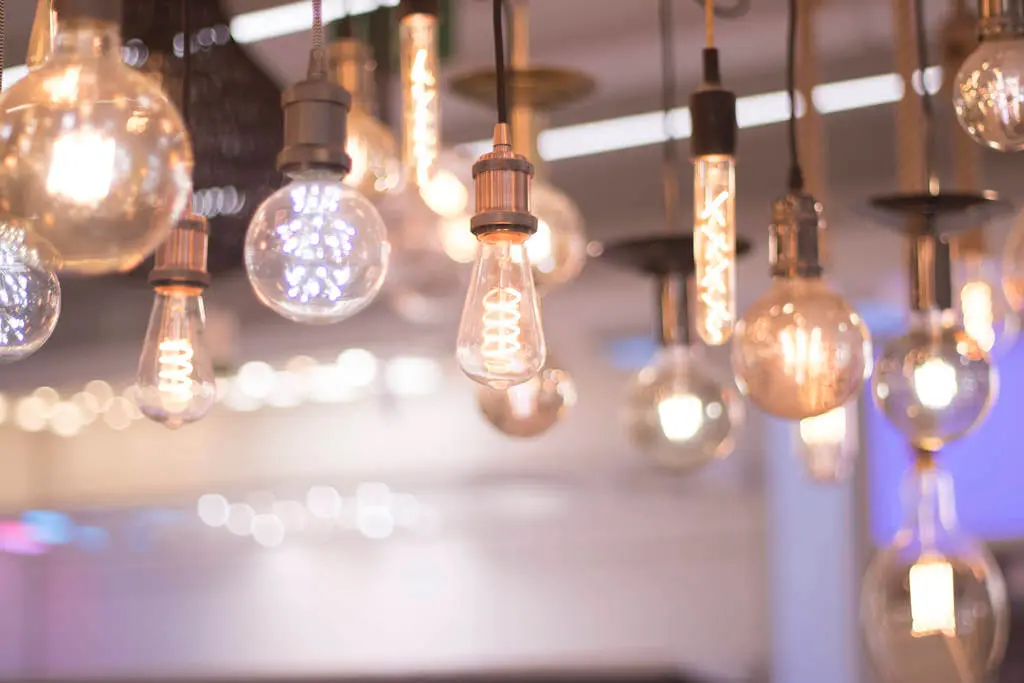Introduction
Have you ever walked into a room and felt an immediate sense of calm wash over you? Chances are, the lighting in that space played a significant role in creating that soothing ambiance. Lighting isn’t just about illuminating our surroundings; it’s a powerful tool that can shape our mood, influence our well-being, and enhance our overall sense of relaxation.
In this article, we’ll delve into the art of adjusting lights in your home to achieve the pinnacle of comfort and relaxation.
The Science Behind Relaxation: Understanding Lighting’s Impact
Before we delve deeper into the art of adjusting lights for optimal relaxation, let’s take a closer look at the science behind it. It might surprise you just how much our mood and well-being are intertwined with the lighting in our surroundings.
The Psychological Effects of Light
Have you ever noticed how the warm glow of a sunset can make you feel calm and contemplative? This is not a coincidence. Warm, soft lighting, reminiscent of the hues present during sunrise and sunset, has been shown to trigger the release of serotonin, a neurotransmitter often associated with feelings of happiness and relaxation. This is why the lighting in cozy cafes or your favorite reading nook feels so inviting—it creates an atmosphere of comfort and contentment.

On the other end of the spectrum, cooler, bright white light can have invigorating effects. It can enhance alertness and stimulate productivity, making it ideal for spaces where you need to focus and stay awake, such as your home office or kitchen. However, excessive exposure to such light in the evening can disrupt your circadian rhythm, making it harder to wind down and fall asleep.
The Physiology of Circadian Rhythms
Our bodies are finely tuned to the rhythm of natural light, a phenomenon known as the circadian rhythm. This internal clock governs various physiological processes, including sleep-wake cycles, hormone production, and even body temperature regulation. When our circadian rhythm is in sync with the natural light-dark cycle, we tend to experience better sleep quality, improved mood, and enhanced cognitive function.
Exposure to natural light during the day, particularly in the morning, helps regulate our circadian rhythm. The blue wavelengths in natural light suppress melatonin production, the hormone responsible for making us feel sleepy. As the day progresses and the sun sets, the decrease in blue light cues our bodies to release melatonin, preparing us for a restful night’s sleep.
Balancing Artificial Light and Natural Light
While natural light is undoubtedly the gold standard for relaxation, artificial lighting can play a pivotal role in creating a comfortable atmosphere, especially when the sun goes down. The key lies in finding the right balance between the two. During the day, make it a point to open curtains and blinds to invite natural light indoors. Positioning furniture near windows can help you make the most of this precious resource.
As evening approaches, consider transitioning to warmer, softer artificial lighting. This shift in lighting not only signals to your body that it’s time to wind down, but it also reduces the exposure to blue light, which can interfere with your sleep patterns. Dimming the lights in the evening further enhances this effect, allowing your body to naturally transition into a state of relaxation.
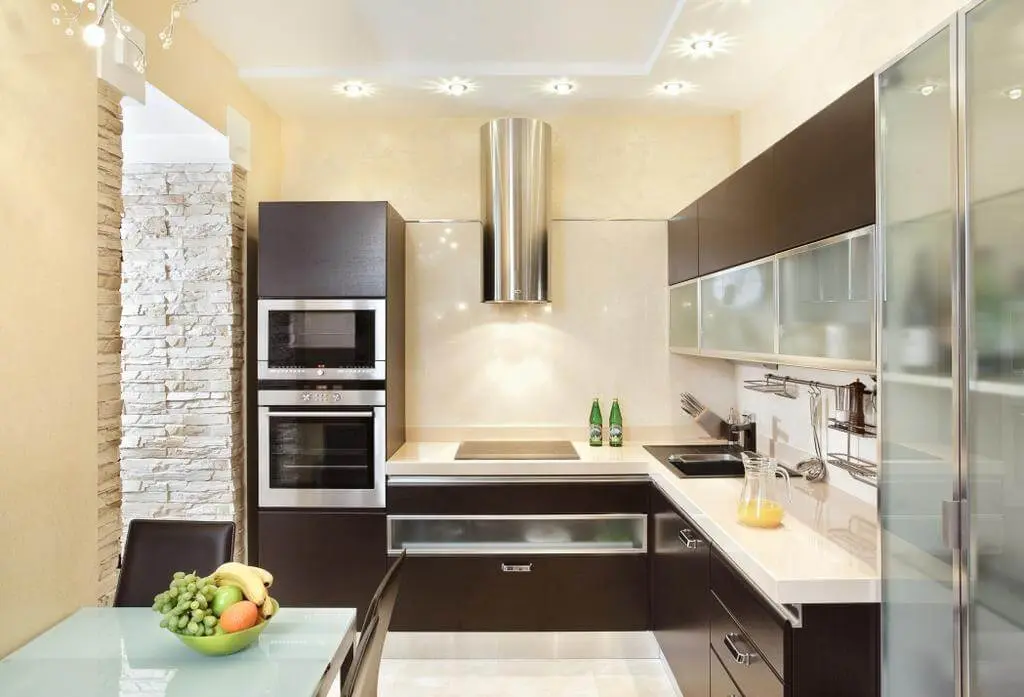
The Role of Personal Preferences
While scientific principles offer valuable guidance, it’s important to remember that your personal preferences play a significant role in shaping your relaxation environment. Some individuals might find solace in the gentle flicker of candlelight, while others may prefer the crisp, clean lines of modern LED lighting.
Experimentation is key. Take the time to explore different lighting setups and observe how they make you feel. Listen to your body’s cues—do you find yourself more at ease under warm or cool lighting? Do you feel invigorated or overwhelmed by bright lights? Your own reactions and emotions are powerful indicators of what lighting scheme resonates best with your sense of relaxation.
Creating Your Relaxation Oasis: Adjusting Lighting in Different Rooms
Now that we’ve established the scientific foundation of lighting’s impact on relaxation, let’s explore how to apply these principles to different rooms in your home. Each space serves a unique purpose, and by tailoring your lighting strategy to suit these purposes, you can transform your entire living environment into a haven of tranquility.
The Living Room: A Cozy Retreat
The living room is often the heart of the home, where you unwind with your loved ones after a long day. To create a cozy retreat, consider a combination of ambient and task lighting. Start with a warm, ambient light source that washes the room in a soothing glow. This could be a floor lamp with a soft white bulb or even a set of wall sconces with warm LED bulbs.
If you enjoy reading or have hobbies that require focused attention, incorporate task lighting. A reading lamp with adjustable brightness can be your best companion on quiet evenings. By having both ambient and task lighting, you’re able to switch between different modes of relaxation, whether it’s watching a movie with gentle lighting or delving into your favorite book with focused illumination.
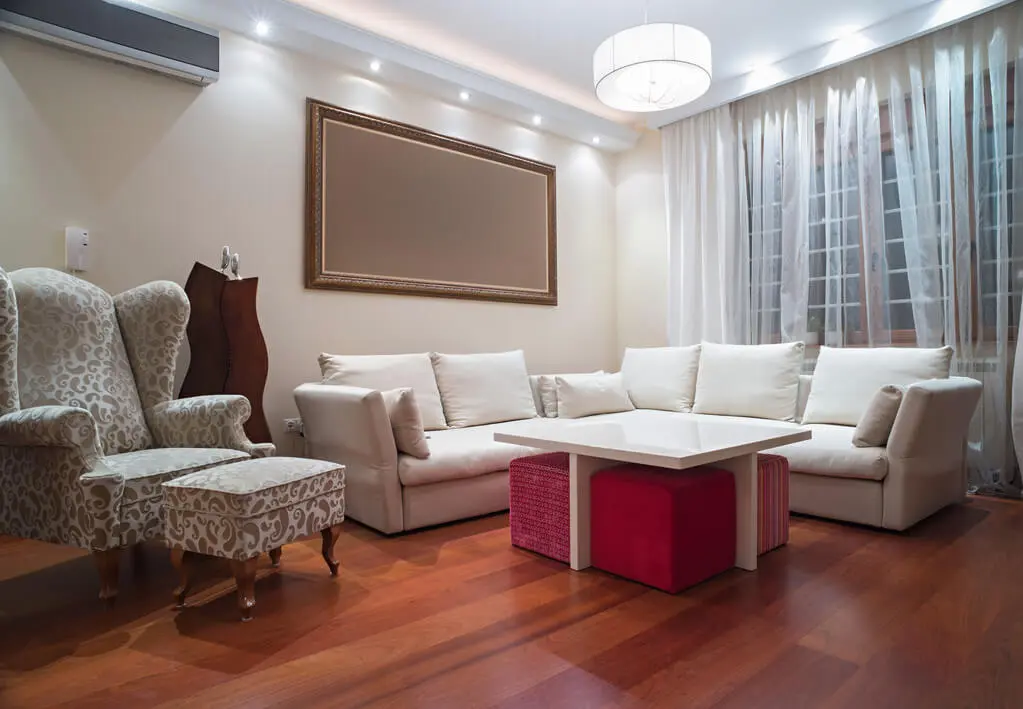
The Bedroom: Embracing Serenity
Your bedroom is your sanctuary, a place to unwind, rest, and rejuvenate. Here, the focus is on creating a serene atmosphere that signals your body that it’s time to wind down. Opt for warm, dimmable lights that mimic the gentle illumination of twilight. This gradual transition from bright to soft lighting helps your body ease into a state of relaxation, making it easier to fall asleep.
Blue light, emitted by smartphones and certain light bulbs, can interfere with melatonin production and disrupt your sleep. As bedtime approaches, consider limiting your exposure to blue light. Instead, opt for lamps with warm-toned bulbs or even salt lamps, which emit a warm amber glow and add a touch of natural beauty to your space.
The Bathroom: A Relaxing Oasis
The bathroom can be more than just a functional space. With the right lighting, it can become a soothing oasis where you unwind and pamper yourself. Adequate, evenly distributed lighting is essential for grooming tasks. Incorporate bright, cool lighting around mirrors to ensure you have the best possible visibility.
To infuse a touch of relaxation, consider adding candles or LED strips to your bathroom setup. Candles provide a warm, gentle illumination that creates a spa-like ambiance. If you’re concerned about safety, opt for flameless LED candles—they offer the same cozy glow without the worry.
The Home Office: Balance and Productivity
In today’s world, many of us have a home office where we balance work tasks with moments of relaxation. To foster productivity, consider bright, cool lighting that mimics natural daylight. This type of lighting helps keep you awake and focused, making it ideal for tasks that require attention to detail.
However, the home office should also offer opportunities for breaks and relaxation. Add an adjustable desk lamp or a floor lamp with a dimmer switch. During breaks, you can lower the brightness and create a more relaxed atmosphere, allowing your eyes and mind to rest.
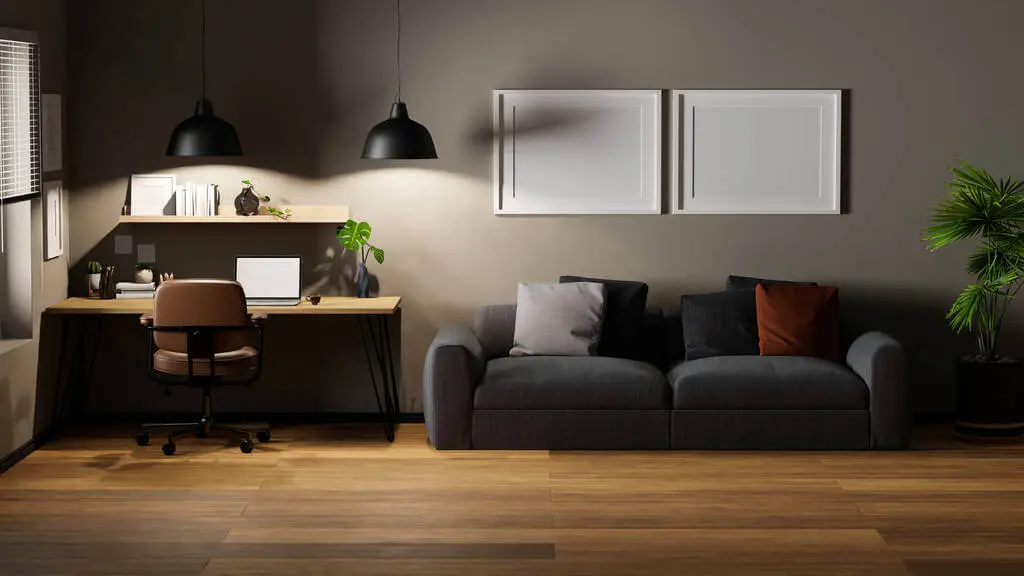
Bringing Intelligence to Illumination: Smart Lighting for Relaxation
In the age of advancing technology, our homes are becoming smarter and more responsive to our needs. This includes the realm of lighting, where smart solutions offer innovative ways to enhance relaxation and comfort. Let’s get into the world of smart lighting and discover how it can revolutionize the way you experience illumination.
Customizing Color Temperatures
One of the most intriguing aspects of smart lighting is the ability to adjust color temperatures on demand. Imagine waking up to a gentle sunrise simulation—a gradual shift from warm, soft light to brighter, cooler tones, mimicking the natural progression of morning light. This can help regulate your circadian rhythm, making waking up a more pleasant and energizing experience.
As the day unfolds, you can tailor the lighting to match your activities. During work hours, opt for cooler, daylight-like illumination to stay focused. As evening approaches, transition to warmer, softer tones to encourage relaxation and winding down. With a few taps on your smartphone or even voice commands, you have the power to create a dynamic lighting experience that syncs with your body’s natural rhythms.
Scheduling for Serenity
Smart lighting also allows you to create schedules that align with your daily routine. Program your lights to gradually dim as bedtime approaches, signaling to your body that it’s time to prepare for sleep. Conversely, in the morning, a scheduled gradual brightening can help you wake up more naturally and feel invigorated for the day ahead.
These schedules aren’t just limited to your sleep cycle. If you have a designated relaxation period in the evening, you can set the lights to create a serene and calming atmosphere. As the sun sets, your smart lights can automatically adjust, casting a warm, soothing glow that guides you into a state of tranquility.
Remote Control and Voice Activation
Have you ever settled into your couch, only to realize you forgot to turn off the lights in another room? With smart lighting, you can control your lights remotely through your smartphone or even voice-activated devices. A simple command like “Hey, Google, dim the lights” can instantly transform your space into a relaxation zone without disrupting your comfort.
This level of control extends to individual fixtures as well. If you have a lamp with a smart bulb, you can adjust its brightness and color directly from your device. This versatility allows you to fine-tune the lighting in your environment without leaving your cozy nook.
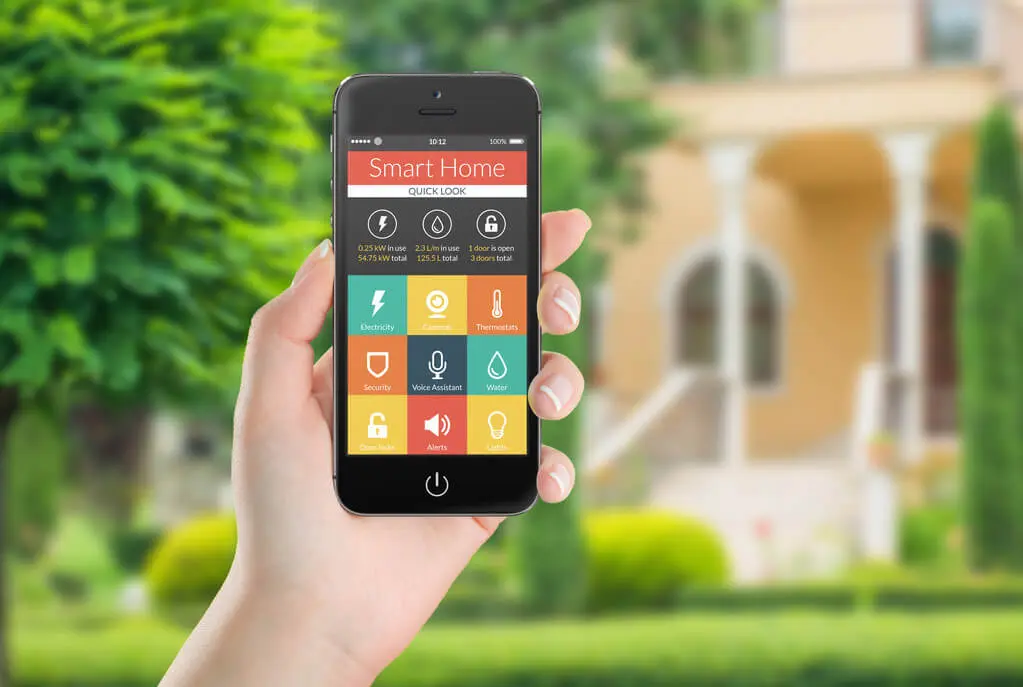
The Art of Transition
One of the magic tricks of smart lighting is its ability to transition seamlessly between different scenes. For instance, you can set up a “Reading” scene that brightens a specific corner with just the right amount of light for your book. After reading, with a single command, you can switch to a “Relaxation” scene, where the lights gently dim to create a calm atmosphere for winding down.
These transitions not only enhance convenience but also contribute to the overall ambiance of your space. The fluidity of lighting changes minimizes abrupt disruptions and adds an artistic touch to your relaxation experience.
A Touch of Enchantment: Enhancing Relaxation with Lighting Accessories
In the quest to create an oasis of relaxation within your home, sometimes it’s the small, enchanting details that make all the difference. Lighting accessories have the power to infuse your space with a unique ambiance, elevating your relaxation experience to new heights. Let’s explore how you can weave a touch of enchantment into your lighting strategy.
Himalayan Salt Lamps: Warmth and Tranquility
Step into a room adorned with a Himalayan salt lamp, and you’ll be greeted by a soft, warm glow that emanates from within the beautifully hued salt crystals. Beyond their aesthetic appeal, these lamps are believed to release negative ions into the air, promoting a sense of calm and relaxation. The gentle, amber light they emit creates a serene atmosphere, perfect for unwinding after a long day.
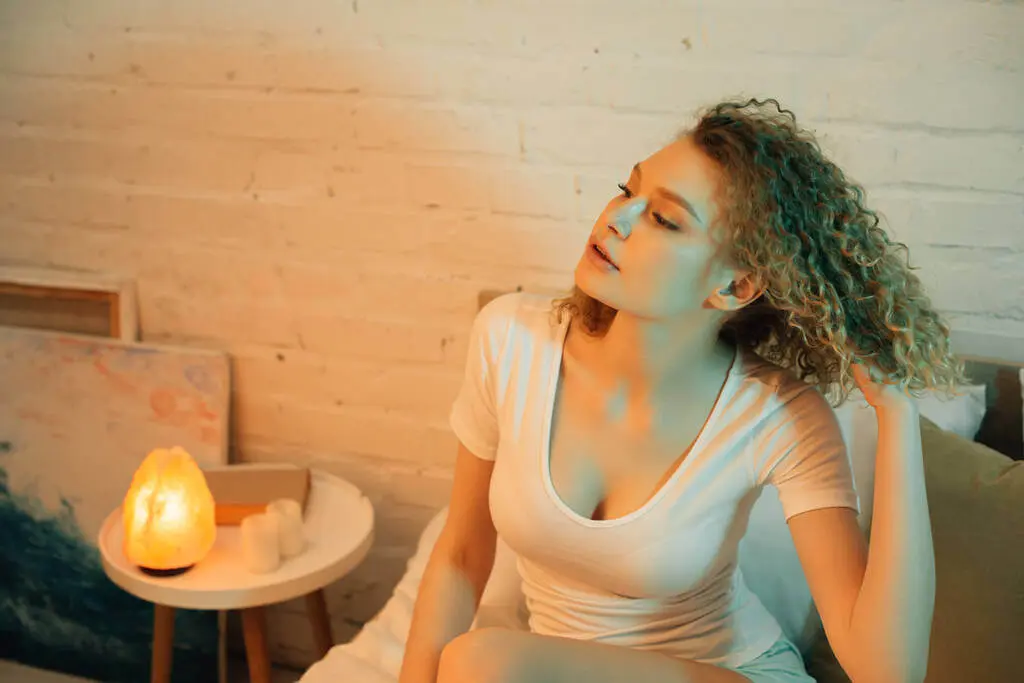
Scented Candles and Aromatherapy: An Olfactory Journey
Imagine the flicker of candlelight casting dancing shadows on the walls as fragrant notes of lavender or vanilla fill the air. Scented candles are more than just sources of light; they’re gateways to a multisensory relaxation experience. The soft glow of candles creates a soothing ambiance, while the scents they release can evoke memories, calm your mind, and elevate your mood.
To enhance the relaxation benefits, consider incorporating aromatherapy. Essential oils like lavender, chamomile, and eucalyptus can be diffused into the air, creating a spa-like environment that enhances your sense of well-being. Whether you’re meditating, reading, or simply basking in the soft light, scented candles and aromatherapy can transport you to a realm of tranquility.
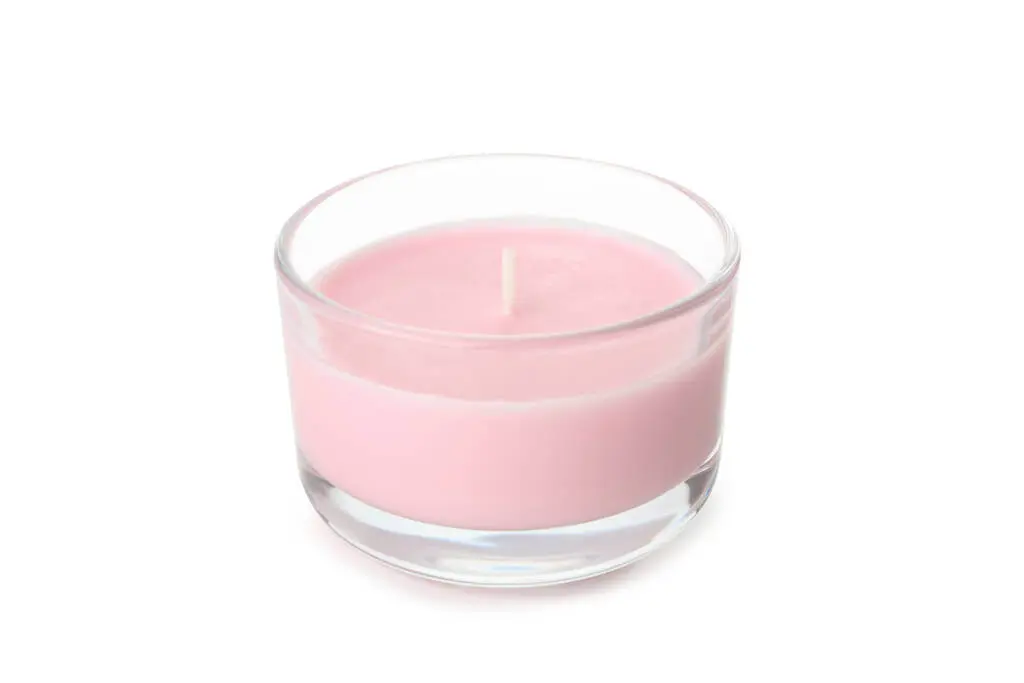
Fairy Lights: A Whisper of Magic
There’s something inherently magical about fairy lights, those delicate strands of tiny bulbs that add a touch of whimsy to any space. Draped over a headboard, wound around a mirror, or arranged in a glass jar, fairy lights create a sense of enchantment that’s perfect for relaxation. Their soft, twinkling glow casts a gentle spell, inviting you to leave the worries of the day behind and embrace a moment of serenity.

Personal Tokens: Creating a Unique Haven
The beauty of lighting accessories is that they’re an extension of your personal tastes and experiences. Perhaps you have a vintage lamp that’s been passed down through generations, carrying with it a sense of nostalgia. Or maybe you’ve collected lanterns from your travels, each one telling a story of adventure and discovery. Incorporating these personal tokens into your lighting strategy infuses your space with a sense of history and authenticity, creating a haven that’s uniquely yours.
As you explore the world of lighting accessories, remember that these additions are more than just decorative elements. They’re tools that allow you to express your individuality and enhance the atmosphere you’ve meticulously crafted. Whether it’s the warm glow of a salt lamp, the soothing scents of candles, the whimsy of fairy lights, or the personal tokens that hold meaning to you, these accessories weave together to create an environment that nurtures your spirit and invites you to bask in the gentle embrace of relaxation.
Your Relaxation Odyssey: A Future of Well-Being
As we look ahead, the art of adjusting lights for optimal relaxation will continue to be a cornerstone of creating comforting spaces that nurture our well-being. The future holds exciting possibilities as technology evolves, scientific understanding deepens, and our awareness of the profound impact of our surroundings grows.
Innovations in Smart Lighting: A Holistic Approach
As smart technology becomes more integrated into our lives, the role of smart lighting is poised to expand. Imagine a seamless integration of lighting, temperature, and sound, orchestrated to create the perfect ambiance for any activity or mood. Smart lighting systems may take into account not only the time of day but also your current stress levels or energy levels, adjusting the lighting to provide comfort and support.
Biometric data could also play a role, with lighting systems responding to your heart rate or breathing patterns to provide tailored relaxation experiences. As technology advances, smart lighting may transition from a tool we control to a partner that anticipates our needs, further enhancing our well-being.
Sustainability and Wellness: A Harmonious Blend
The future of relaxation lighting is also likely to align with growing concerns about sustainability and environmental well-being. Energy-efficient LED bulbs are just the beginning. Imagine lighting systems that are powered by renewable energy sources or even harness the energy of natural light through innovative designs.
As we become more attuned to the connection between our environments and our health, wellness-focused lighting design could become a standard in architecture and interior design. The goal would be to create spaces that not only look beautiful but also support our physical and mental health—a fusion of aesthetics and well-being.
Personalized Lighting Experiences: The Art of Connection
With advancements in data analytics and artificial intelligence, lighting systems could become more adept at learning from our behaviors and preferences. This could lead to lighting that intuitively adjusts itself based on our routines, moods, and even our biorhythms.
Imagine walking into a room, and the lighting seamlessly transitions to your preferred settings, based on your previous choices. This level of personalization could make our relaxation environments even more tailored to our individual needs, allowing us to effortlessly immerse ourselves in a world of comfort and tranquility.
Conclusion: A Journey of Possibilities
As we close the curtain on this exploration into the art of adjusting lights for optimal relaxation, we do so with a sense of anticipation for the future. The landscape of lighting is evolving, and with it, our understanding of how it shapes our lives. The journey of relaxation is not static; it’s a dynamic path that continues to unfold with each new discovery and innovation.
The knowledge you’ve gained—of the psychological effects of light, the strategies for adjusting lighting in different spaces, the integration of smart technology, and the enhancement of ambiance through accessories—equips you with the tools to navigate this journey with intention and purpose. As you step into a future illuminated by the promise of well-being, may your relaxation environments continue to evolve, enveloping you in a nurturing embrace of comfort, serenity, and a deep connection to the art of lighting.


